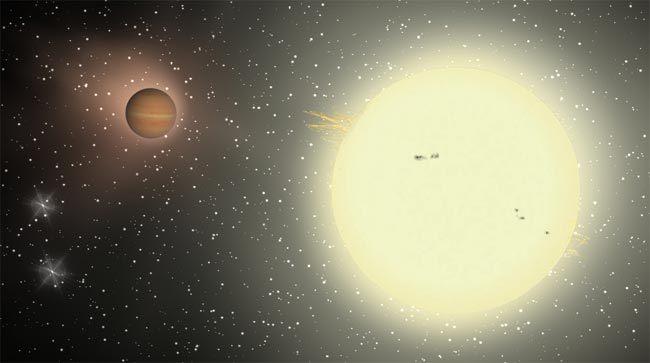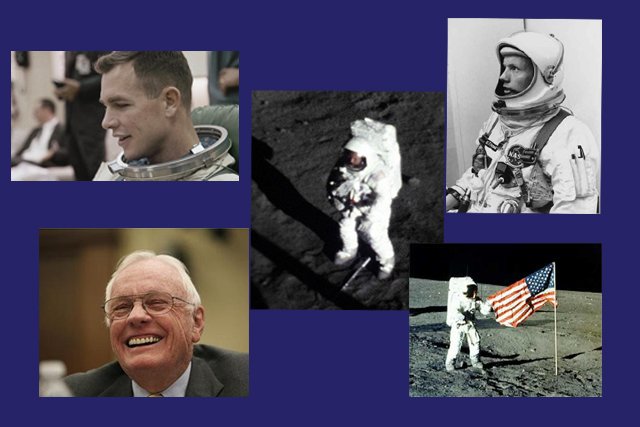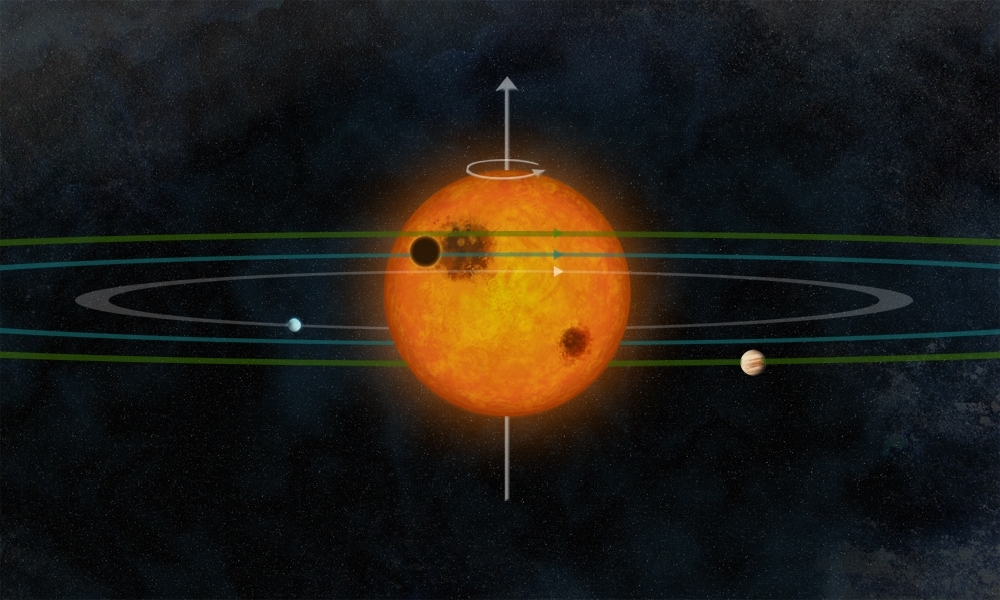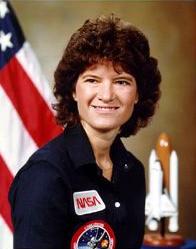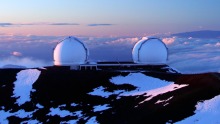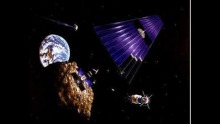The universe is stranger than Star Wars
George Lucas created the Star Wars saga at a time when Americans were less optimistic with all of the events happening around them like the Watergate Scandal. But the more time goes by, it seems that a lot of the exotic worlds Star Wars showed have been found by astronomers in the Universe.
Tatooine-like planets
Luke Skywalker's home planet is Tatooine and in the episode, A New Hope, he looks at the sunset which shows two suns. A lot of physicists and astronomers at the time thought this was a wild depiction, but it turns out that the Universe has this too and these worlds are not rare.
Saturn's moon Mimas: The fictional death star
Mimas has a very big, circular crater that resembles quite extraordinarily the Star Wars' Death Star's "superlaser focus lens."
